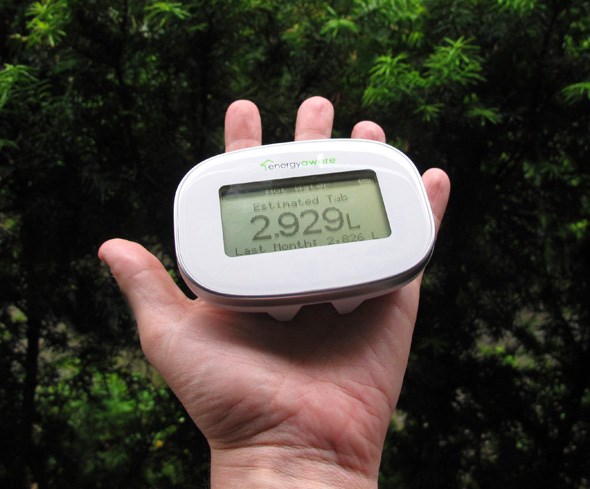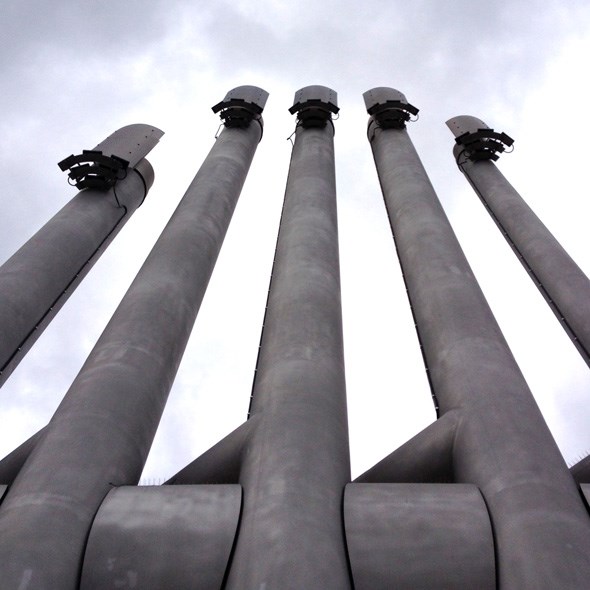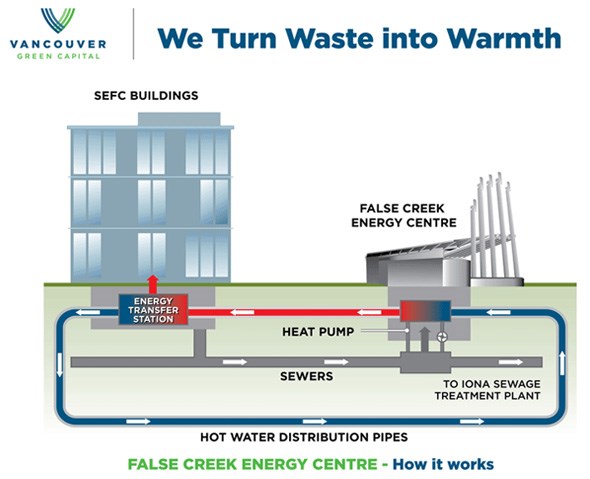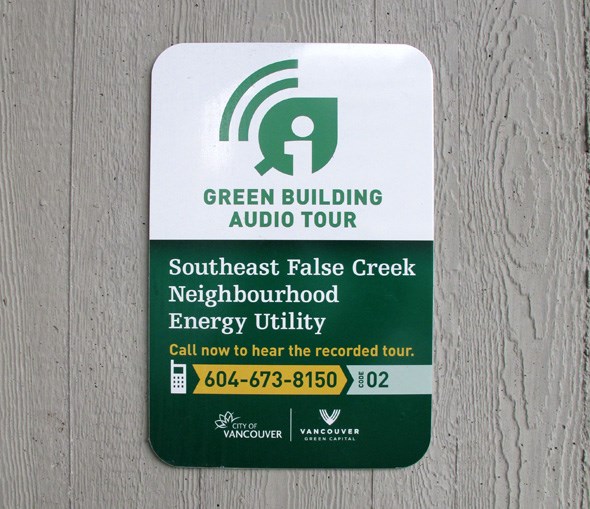 |
Welcome to In The Village on False Creek, a unique project inspired by Live@YVR and 365 Days of Dining. I've moved my family into this community with my mission being to showcase the myriad of things that make it awesome by bringing you a weekly scoop! |
Today's post is all about energy! The charge for my home's heat and hot water (as well as charges for cold water) in the Village for the 31 days of May was $46.73. This includes the $9.50 basic charge for service. We live in a 2 bedroom suite and run the dishwasher at least once a day, we do at least one load of laundry a day and pour a bath for our son nightly as well as each showering. Sometimes the dog gets a bath too.
Yesterday the Vancouver Sun published THIS ARTICLE about how the waste heat recovery system that provides the Village with low-carbon heat and hot water has been so successful that they're expanding it to our neighbours, the Great Northern Way campus. I figured this week would be the perfect time to introduce you to a handy, money-saving gadget that I have in my home as well as sharing the story of our where our heat and hot water comes from and why, in the future, we'll likely be paying a lot less for it than most.
So first things first: this little EnergyAware Powertab device I'm holding below that's usually stuck to the wall in the kitchen but can be taken off of its mount and put in my pocket. It's constantly monitoring the energy consumption in our household and has become a bit of a healthy obsession for me. With a few different readings to cycle through using the buttons on the top of it - HEATING TAB, COOLING TAB, HOT WATER TAB, COLD WATER TAB and ELECTRICITY RATE as well as ELECTRICITY TAB - I'm able to take a quick glance at how much energy we've used, right up until the exact moment that I look at it, so I know exactly how much it's going to cost me when the bills come.

The ELECTRICITY RATE is especially helpful as it shows me how much I'm paying for power instantly. When the drier is running and the TV is on it goes up to about 14 cents per hour, when I wake up in the morning it shows me we're drawing less than one cent worth of electricity. I can turn off an appliance or flip a light switch and look over at it and literally see the rate drop right there in LED. It's a constant reminder to turn off the lights, and I'm very obviously not the only one saving money by having one of them around: I spoke with David Van Seters, one of the sustainability designers from HB Lanarc who helped plan the implementation of them back in 2009, and he told me about a super interesting case study that EnergyAware did. He told me that they installed the devices into two completely identical highrises at a university. Everything about the buildings and the energy being piped into them was the same, except one of them had these gadgets installed. In the first year, the electricity bills of the units with them was roughly 50% less than the units who didn't have them. I tried to find the study online but couldn't, and on EnergyAware's web site claims a 20% average decrease, so let's just say (safely) that the savings are in double digit percentages.
The aim of EnergyAware's Powertab units is to "increase awareness of the way people use household electricity, helping us to understand and set household energy targets, reduce energy waste and save money". It's totally working, as I see it firsthand with my own habits.
The Southeast False Creek community has been developed with social, environmental and economic sustainability as top priorities. One of the key projects that hits the last two of those goals head on is the Neighbourhood Energy Utility, or NEU. You've seen a big piece of it next to the South end of the Cambie Street bridge, it's this giant hand-looking thing and, unbeknownst to many, it eliminates the need for on-site furnaces in the Village. It's a city facility that captures waste energy from the sewer and pipes it directly into the Village for our radiant heating as well as all of our hot water. It essentially is our furnace and hot water heater, located a few blocks away from us and powered by everyone's waste energy that goes down their drains...

I've sifted through a great deal of information about how it works and in the end I landed on this graphic below that shows you what it does in a nutshell:

If you want a bit more information about it and you're under the South side of the Cambie Bridge look for this sign and call the number on it. From there Chris Baber (the NEU Project Manager) will give you a quick 6-minute audio tour (pre-recorded, of course) where he'll walk you around the building and tell you a few more fine details about the project. Like the fact that the colour of the LED lights on the "fingernails" of the fingers on the sculpture changes depending on how much energy is presently being used by the residents of the Village. Like a gigantic Powertab gadget, but for the entire city to see!

The bottom line is this: while we're being shown how to save money by our little gadgets in our homes, our Neighbourhood Energy Utility has already decreased our dependency on fossil fuels which are sure to keep increasing in price, thus future-proofing affordable energy for the units in the Village.
Learn more at TheVillageOnFalseCreek.com and stay tuned each week as I expose unique elements of our new community.


